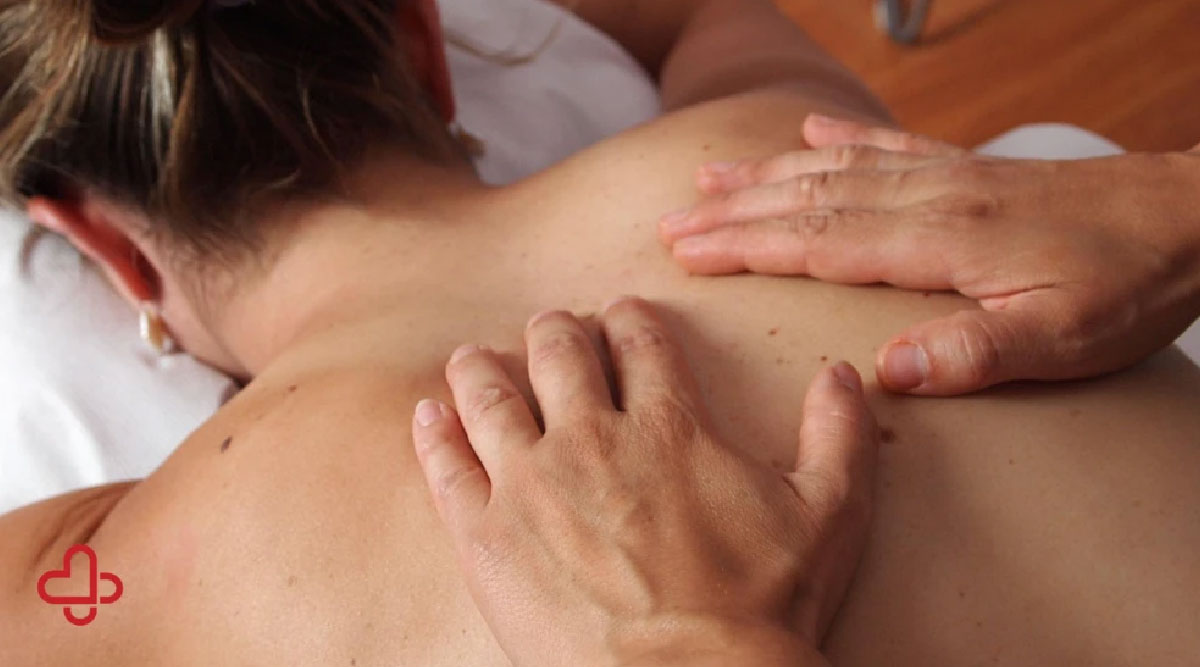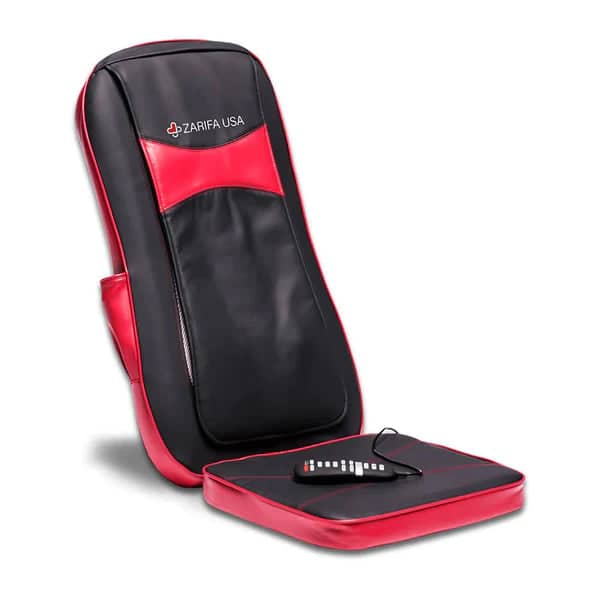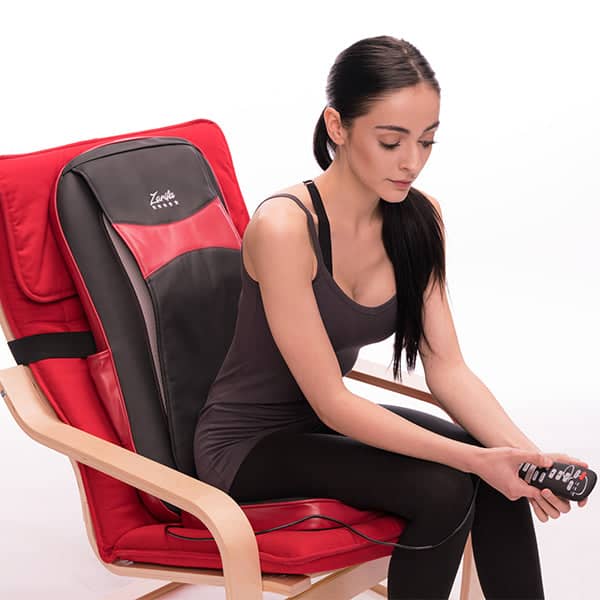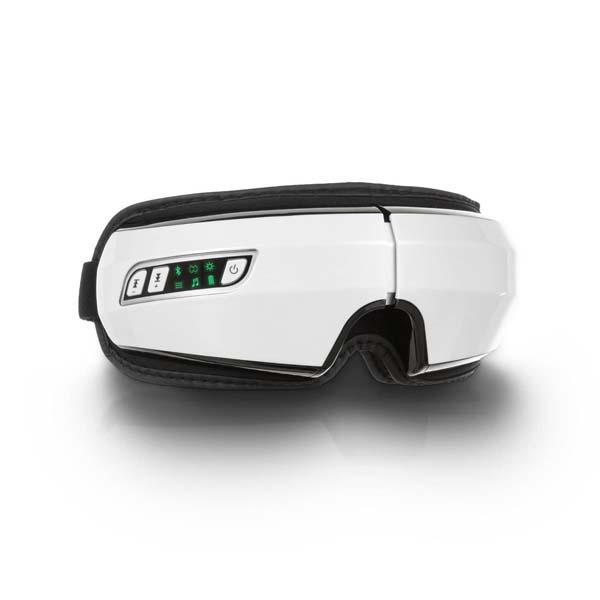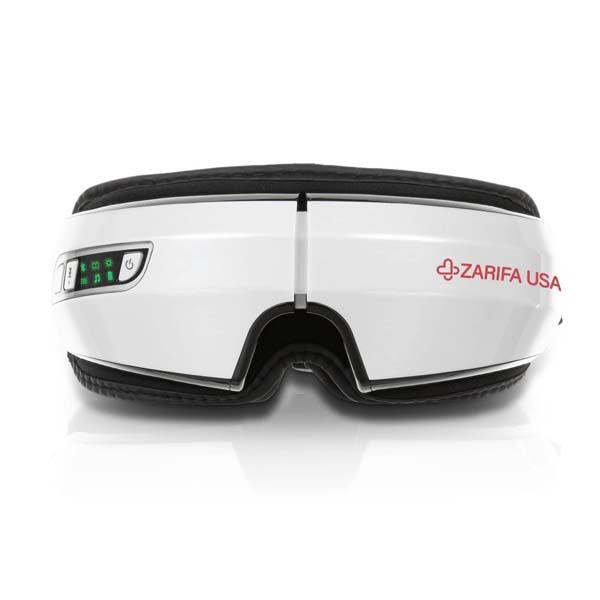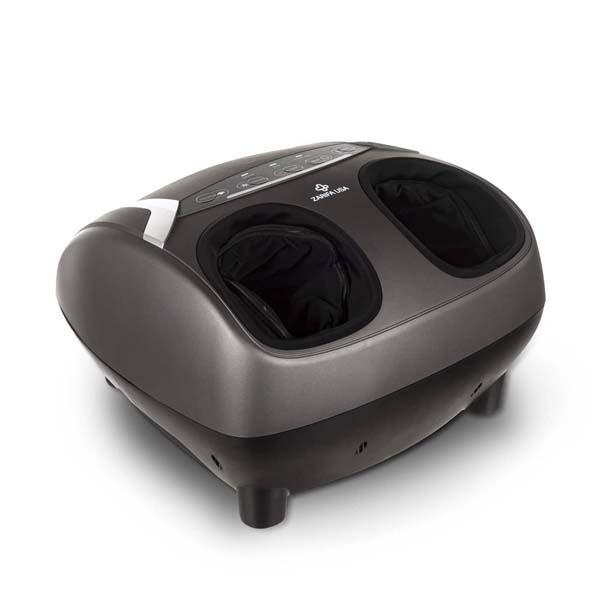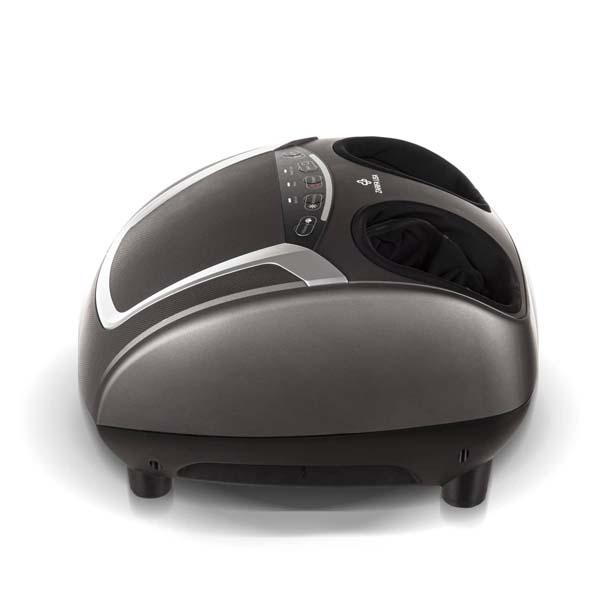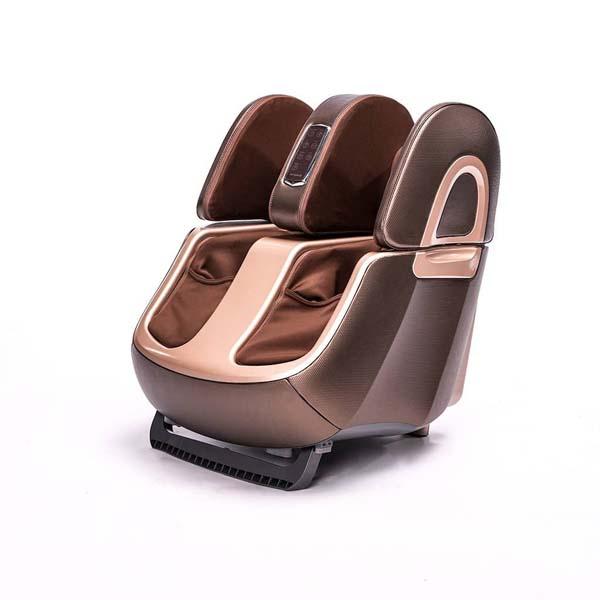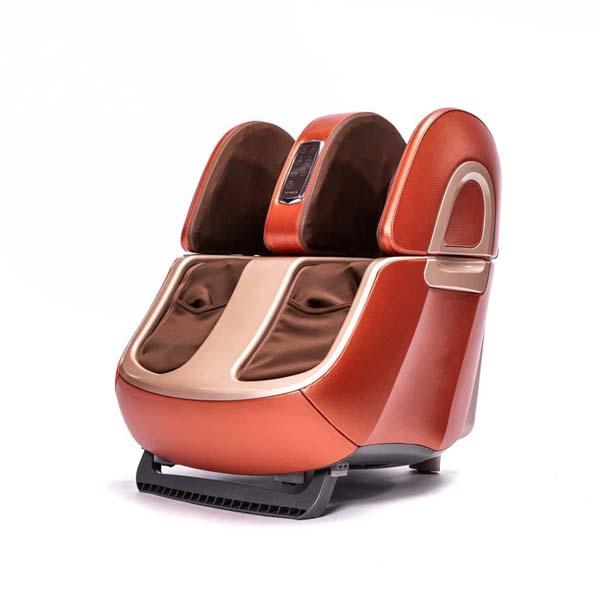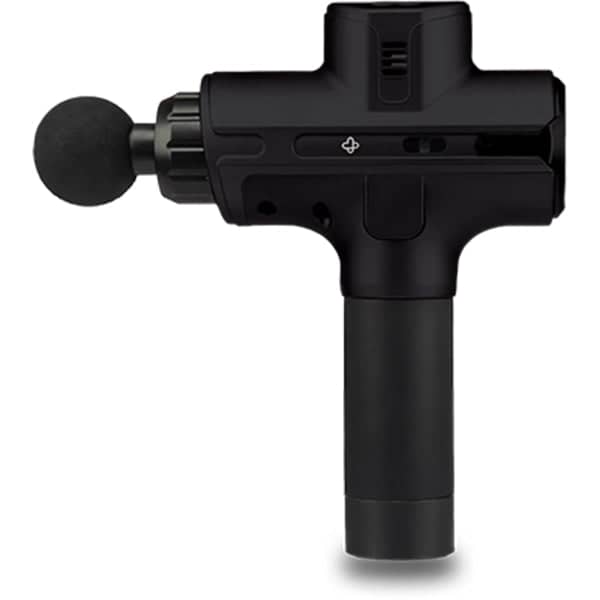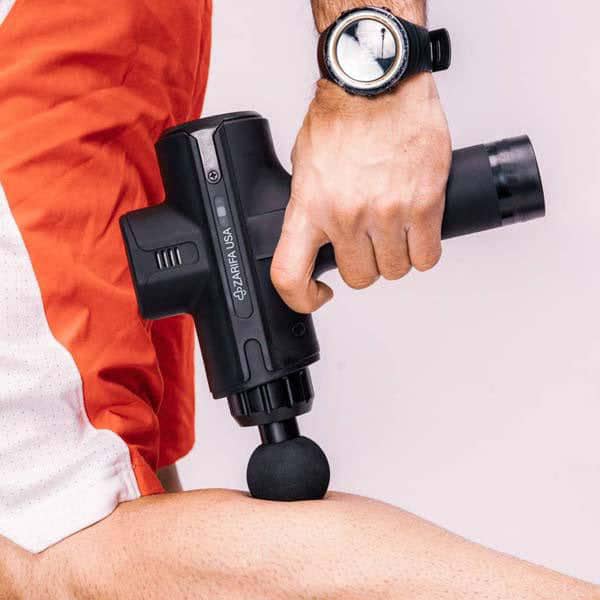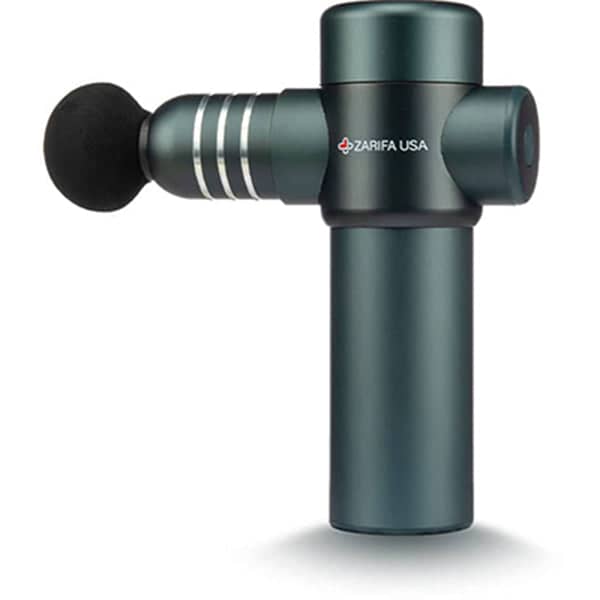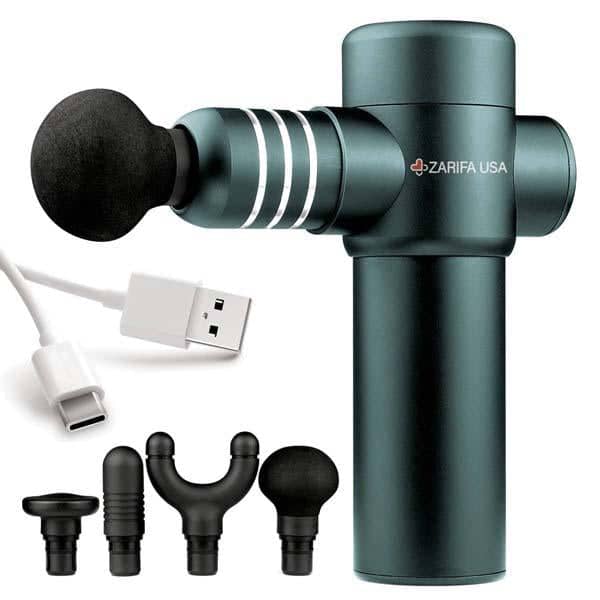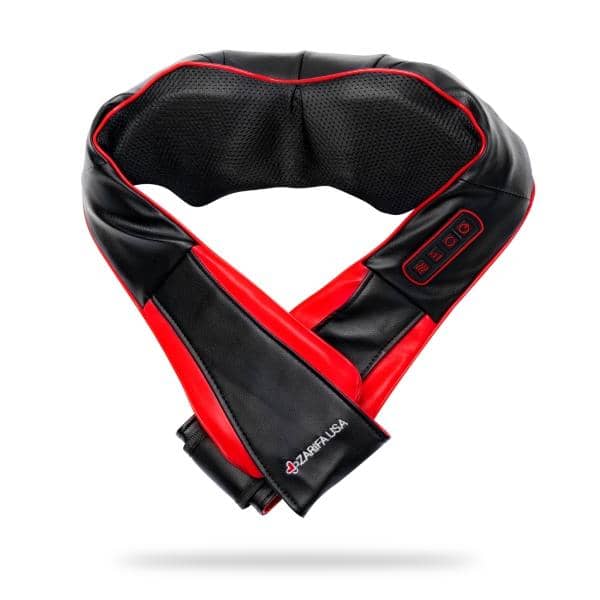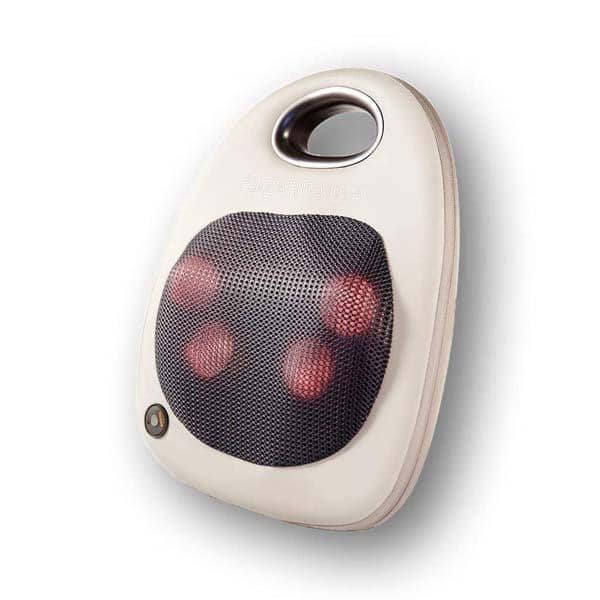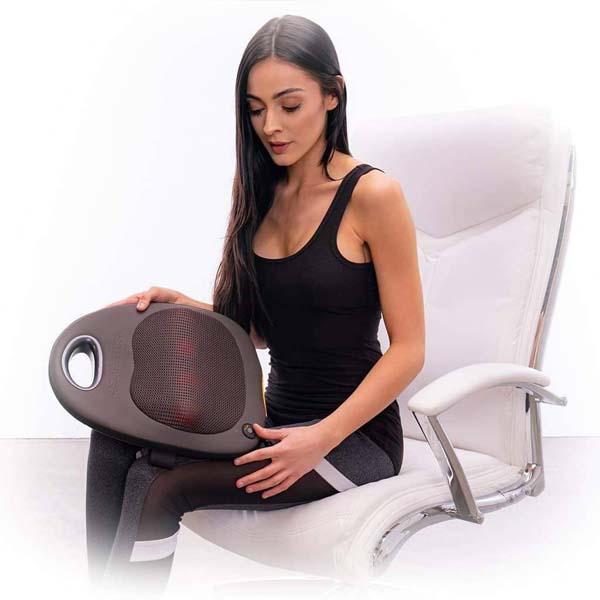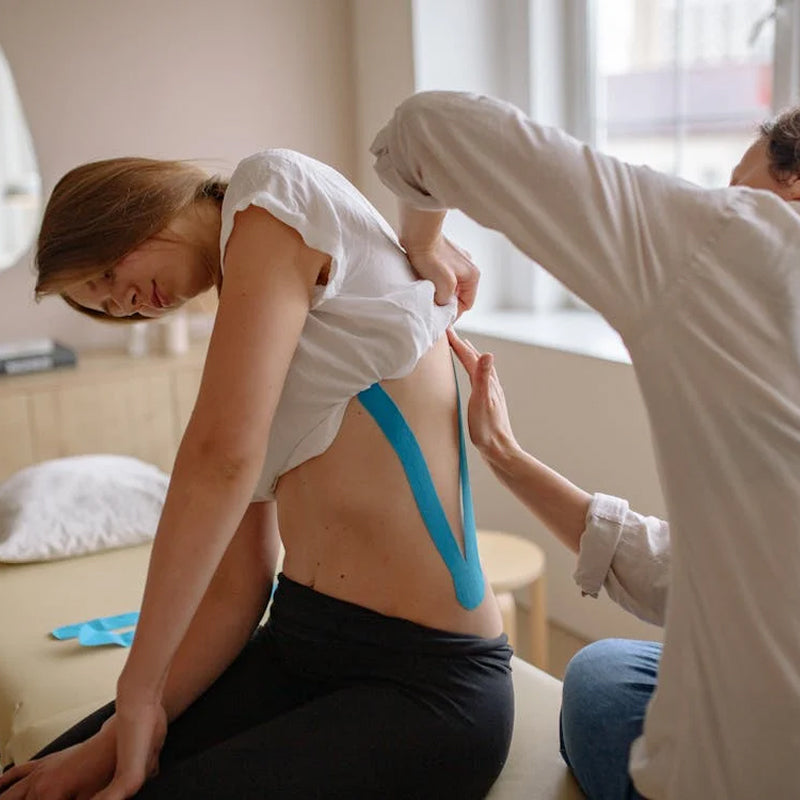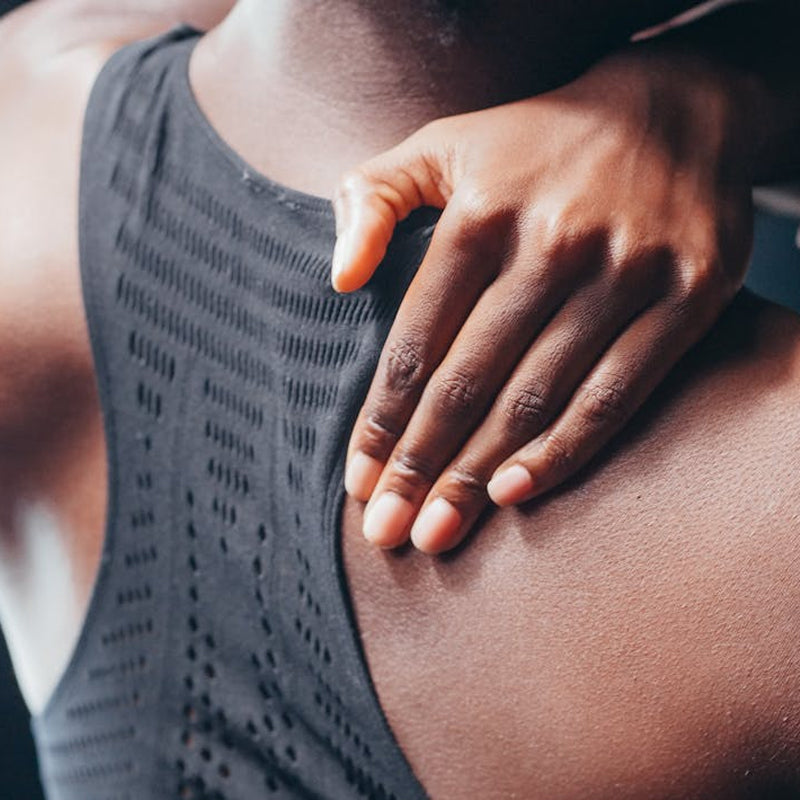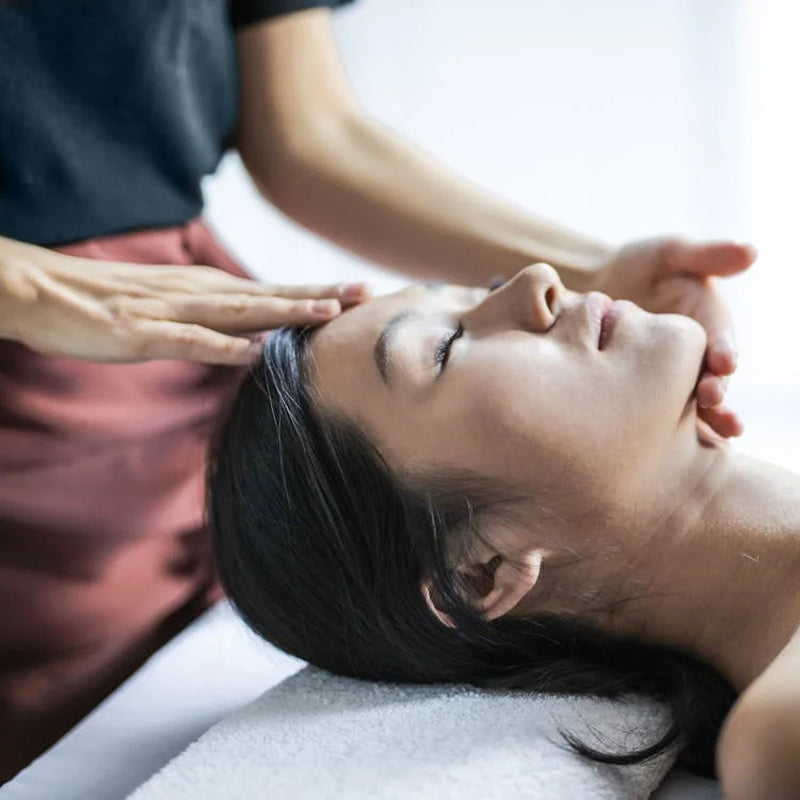Active athletes to those that sit at a desk all day know the feeling: a sharp, stabbing pain in your back and shoulders which feels like it may never go away. We are all familiar with what we refer as knots, and think we know where they come from, but the truth is that scientists and doctors haven’t come up with a final answer about the physiological process that may cause formation of these knots. Yet, we do know is that the pain from knots is the real deal. Let’s take a look at knots, and what trigger point massage tools do to offer us relief.
What is a Knot?
If you’re an athlete, you are familiar with knots popping up after a series of repetitive workout movements from a long practice, hard run, or otherwise. Even if you spend much of your day at a desk, you can still have these sharp, stabbing pains in your muscles. So, what is it?
Knots are sometimes referred to as Myofascial trigger points, and it’s commonly accepted that knots exist due to activity in both the muscle and fascia. However, there is little agreement on the physical manifestation of these painful trigger points or their exact sources.
What we know is that these injuries can be a result of overuse and repetitive motion, and also a sedentary lifestyle. Some theorize that knots are a result of micro-tears which occur in muscles from motion and exercise. Microtears naturally occur in the muscle from working out everyday use; they are the reason our muscles are able to grow while being repaired. Knots, some suggest, can occur when there is an issue while the muscles are being healed. This particular theory does not supply an explanation for those living a sedentary lifestyle and experience myofascial trigger points.
There is another theory which suggests that knots can be small patches of contracted muscle, or a micro-cramp, that affects only a small area of your muscle. These cramps then have the ability to choke off their own blood supply, which, of course, causes irritation and pain. This is a more likely explanation for those who work at a desk all day long and experience such knots.
Regardless of where knots come from, they can be part of a more serious issue: myofascial pain syndrome. Myofascial pain syndrome (MPS) is an ongoing condition that causes chronic pain due to a muscle being contracted repetitively. It is common in athletes as well as people under much stress. Whether MPS is your issue or not, knots can cause a significant amount of pain and discomfort that can disrupt your day to day life and even the ability to sleep.
Can Knots Be Prevented?
If you’re an athlete, a good place to start to prevent knots is focusing on your recovery. Maintaining proper care of your muscles and fascia can happen in many ways, including eating healthy, trying trigger point massage tools, and taking time to fully stretch or engage in yoga after a tough workout. Not only will these techniques help heal and prevent microtears, but a proper diet can keep your muscles from cramping.
If you are stuck at a desk or live a more sedentary lifestyle and experience knots, doctors do recommend getting up and moving around during the day. Take 15 minutes and go for walk. Also, a full stretch can keep your muscles from tensing up during the day, allowing you to stay calm and relaxed both mentally and physically. If you think the stress from work could be a cause of your pain, it’s recommended to try out stress-relief techniques like yoga or meditation.
You can also start simple and work to improve your posture by sitting in a relaxed position, with your shoulders back and down. Be mindful of how you are sitting and it’s best not to slouch.
Our muscles were designed to be challenged. If we are not moving and stretching, we are compromise our muscle health – be sure to keep active and exercise at a pace that is right for your body. Make sure your diet includes a healthy mix of calcium, potassium, and magnesium, and be sure to stay hydrated. You can set a timer to remind you to drink plenty of water throughout the day.
If you think your knots are getting serious and your issue could be myofascial pain syndrome, you should contact a doctor for ways to approach and treat your chronic pain. Your doctor may recommend low-grade pain relief, trigger point massage tools, and a variety of other treatments to keep you feeling your best.
Can Trigger Point Massage Tools Treat Knots?
While knots are painful, the good news is they are treatable. It Depends on the location and severity of your knot, however, you have options on how you can manage the pain -- and it all starts with self-massage tools.
One of the best ways to work on knots is through deep tissue massage. With trigger point massage tools, you can essentially “break up” the pressure that exists in the muscle and fascia using powerful percussive motion. These massage tools have revolutionized the way people massage knots due to the incredible power of self-application. With the ability to reach deep into muscles, these tools can help relieve trigger point pain at home quickly, efficiently, and at a fraction of the price of ongoing treatment with a massage therapist.
Another great way to combat myofascial trigger points in with TENS or electronic stimulation. Sending tiny electronic pulses to your muscles wirelessly, these devices are designed to relieve pain and stimulate muscles. They are great for those experiencing muscle pain of all types.
While there are multiple theories on why knots form and what they are, what we do know for sure is that it is possible to tackle the pain they cause head-on with trigger point massage tools.
The information contained in this article is for educational and informational purposes only and is not intended as health or medical advice. Always consult a physician or other qualified health provider regarding any questions you may have about a medical condition or health objectives.

